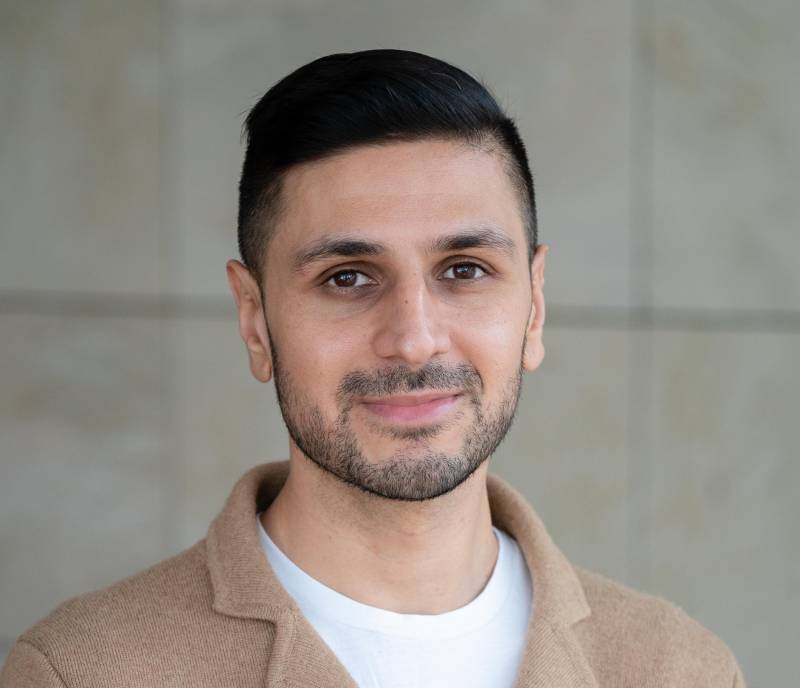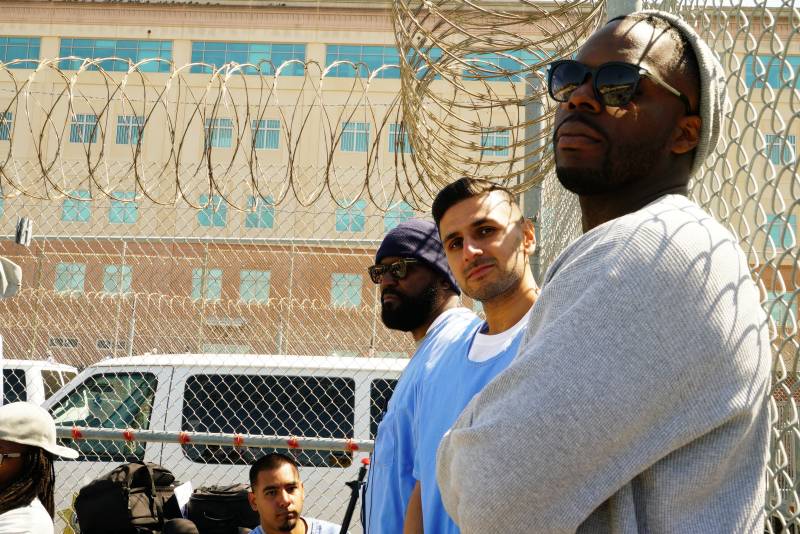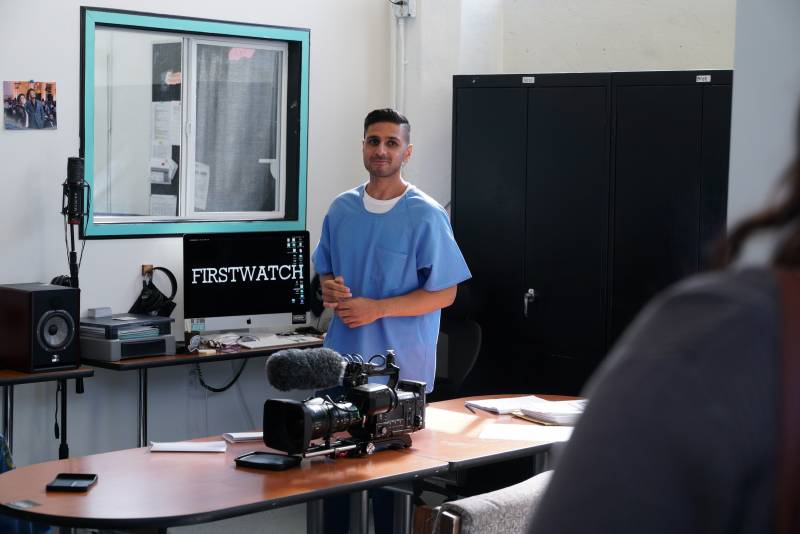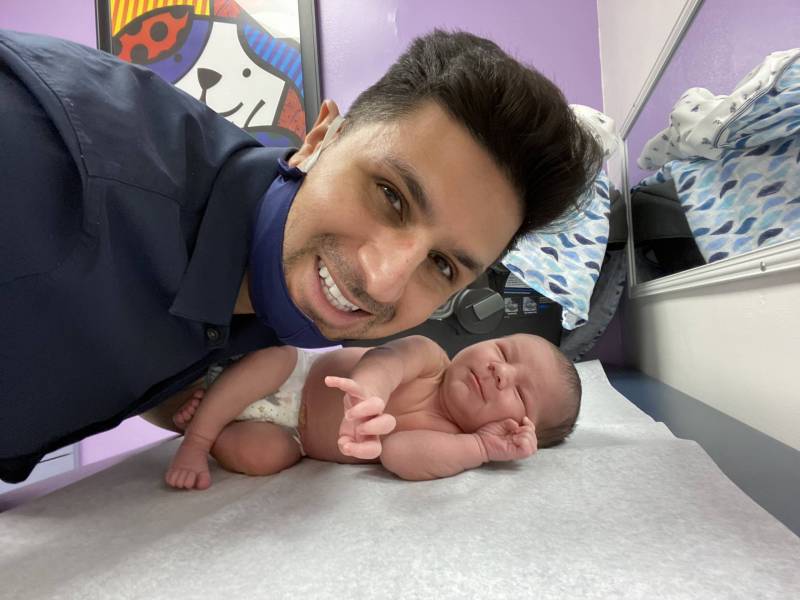As of July 17, more than 2,000 people incarcerated at San Quentin State Prison have tested positive for the novel coronavirus and 12 have died, according to the California Department of Corrections and Rehabilitation COVID-19 tracker.
Adnan Khan — who spent the last four years of his prison sentence at San Quentin — has emerged as a vocal advocate for incarcerated people still inside during the outbreak, and for their families. Last year, he was the first person to be released when a new state law challenged the criteria that allowed prosecutors to convict him for a murder he did not commit during the robbery of a marijuana dealer. Khan was sentenced to 25 years to life.
While at San Quentin he founded FirstWatch, a filmmaking project where incarcerated men tell stories about life inside prison. Khan is also the founder and executive director of re:Store Justice, which promotes restorative justice workshops and provides legal help to people who are incarcerated. Khan joined The California Report Magazine host Sasha Khokha from his home in Los Angeles to discuss the COVID-19 outbreak at San Quentin.
This conversation has been edited for brevity and clarity.

On When He Learned About the Outbreak at San Quentin
When the pandemic started back in March, my fears immediately went to the prisons, because the CDC’s guidelines are not applicable to correctional settings. Six foot physical distancing and hand sanitizer — even the ability to wash your hands with soap — is limited in prisons. But somehow, COVID stayed out of San Quentin for about three months. When the botched transfer (of inmates from Chino) happened, that just blew us away.
Editor’s Note: San Quentin had remained COVID-free until 121 inmates were transferred from California Institute for Men in Chino on May 30. The men had not been recently tested for COVID-19 leading up to their transfer to San Quentin.




